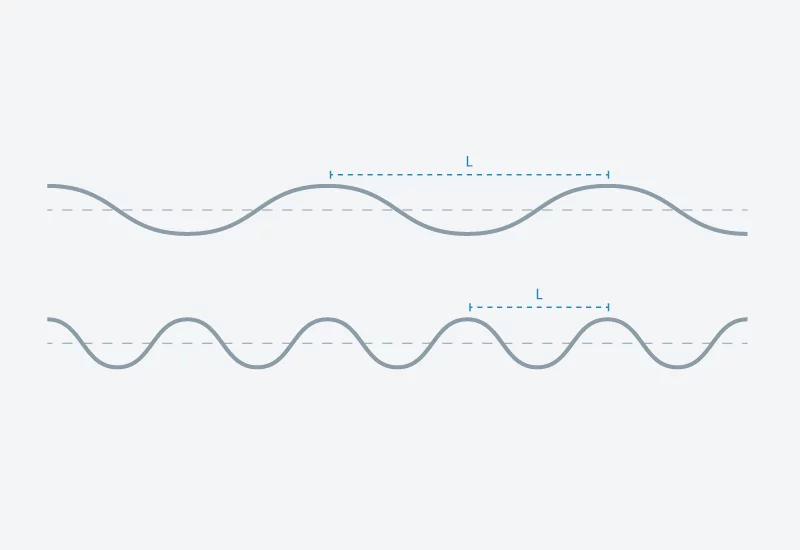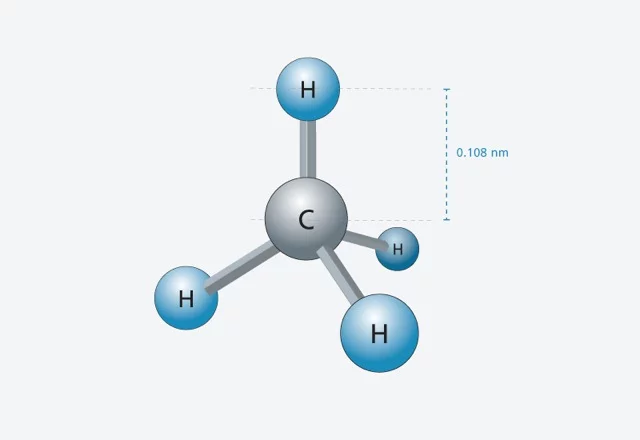SwissFEL will generate very short pulses of intense X-ray light with laser-like properties, and will therefore provide new insights into a wide variety of materials. The properties of this special "SwissFEL light" will broaden the scope of experiments that can be carried out at this facility. The SwissFEL should come on-line in 2016.
In principle, X-ray light has the same inherent physical nature as visible light or radio waves – they are all different types of electromagnetic radiation. Like them, it also has wave-like characteristics. The various types of radiation differ, however, in their wavelengths –an important difference as far as their use is concerned. For experiments at SwissFEL, we first produce a suitable sample of the material to be studied. X-rays are then made pass through the sample – the wavelength of the X-rays used depending on the particular sample. The way in which the X-rays are altered as they pass through the sample is measured, and this allows the sample's structure to be determined. In this way, tiny details that are about the same size as the wavelength of the X-rays can be made visible. And because the hard X-rays delivered by SwissFEL will have a wavelength equal to the distance between two individual atoms in a molecule, it should be possible to determine the structure of many molecules in sharp detail.
The reason why wavelength is so important is best illustrated using water waves as an example. Imagine a measurement made using waves in the following way: the object to be studied is placed in front of these waves, and the changes in the wave pattern the obstacle causes are observed. From these changes, the shape of the object can be worked out. In the sea, large obstacles like ships, harbour walls or large rocks cause visible alterations to wave patterns. Smaller objects however, like stones or grains of sand, which are very much smaller than the distance between two wave crests, leave hardly a trace.



